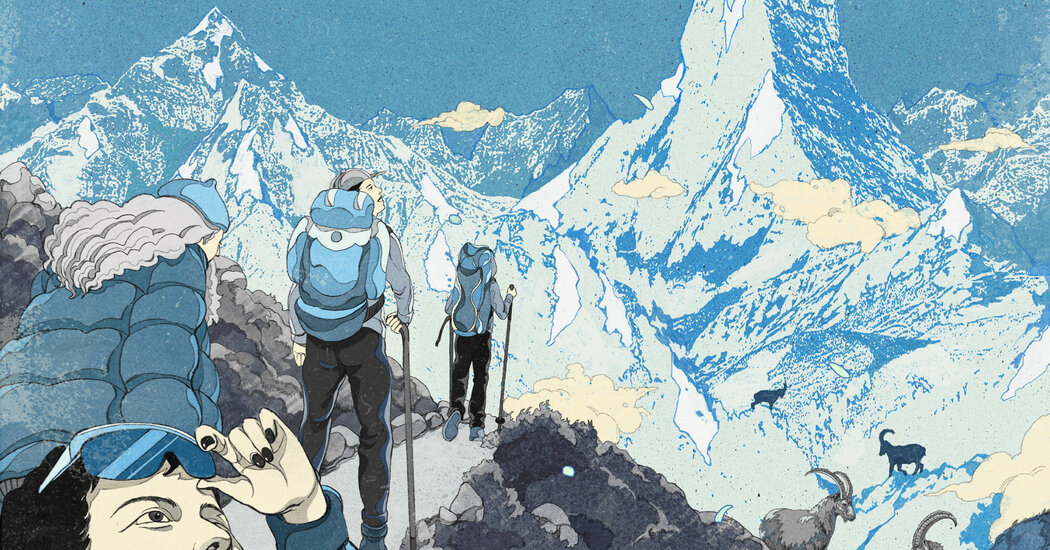Many people experience the morning altitude headache, in which “your skull feels too small for the pulse that’s coming,” said Steve House, the founder of Uphill Athlete, a company that offers high-altitude endurance coaching.
It is also common to struggle with sleep at high altitudes. This occurs partly because the part of your nervous system responsible for keeping you awake has kicked in to increase your respiratory rate, Mr. Nicolazzo said.
Pay attention to elevation
The two main drivers of A.M.S. are how high you’re going and how fast you’re getting there. People with a higher altitude sensitivity might start experiencing challenges not far above 5,000 feet, say in places like Denver and Johannesburg. Anyone traveling above 8,000 feet may be at risk for altitude sickness, according to the Centers for Disease Control and Prevention.
Serious adventure travelers — say, those trekking in the Himalayas, or climbing Mount Kilimanjaro — usually know they’re headed for high altitudes. But the elevation of destinations like Mexico City (about 8,000 feet), the summit of Haleakala on Maui (10,023 feet), Cuzco (about 11,150 feet), or even Santa Fe, N.M. (6,996 feet), might come as a surprise. To set expectations, check your destination’s altitude in advance on Google Earth or the U.S. Geological Survey national map viewer.
Listen to your body
If you have a condition like heart disease, heart failure, high blood pressure, high cholesterol, atrial fibrillation, lung disease, C.O.P.D., asthma or sleep apnea, you’ll want to start paying close attention to how you’re feeling at around 5,000 feet.
Click Here to Read the Full Original Article at NYT > Travel…
